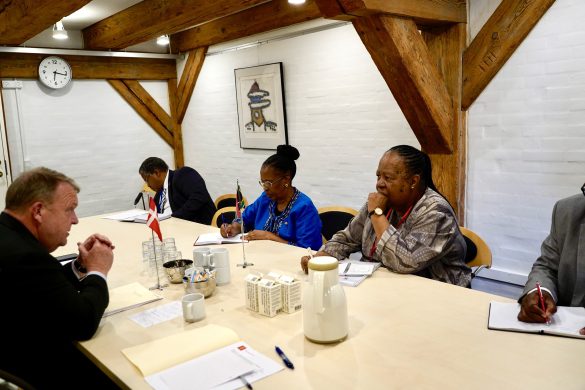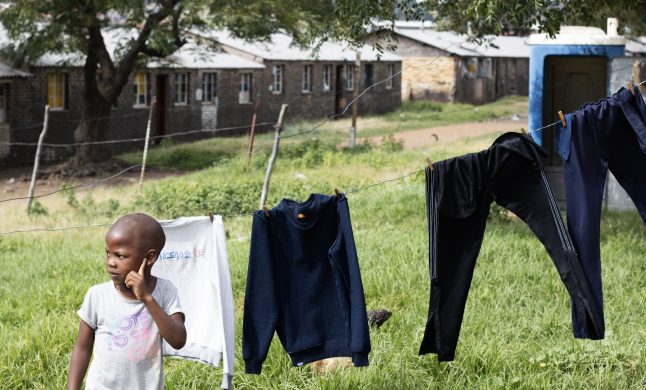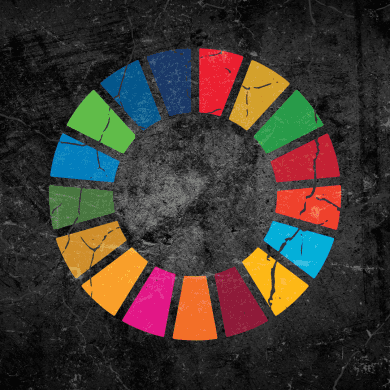Stadig flere undersøgelser op til COP18-konferencen fra mandag i næste uge viser, at verdens klima hastigt er på vej i den gale retning. Koncentrationen af drivhusgasser i atmosfæren har aldrig været højere, og havene kan snart ikke optage mere CO2.
Det advarer FN’s Meteorologiske Organisation (WMO) om i en pressemeddelelse tirsdag.
GENEVA, November 20, 2012: The amount of greenhouse gases in the atmosphere reached a new record high in 2011, according to the World Meteorological Organization.
Between 1990 and 2011 there was a 30 per cent increase in radiative forcing – the warming effect on our climate – because of carbon dioxide (CO2) and other heat-trapping long-lived gases.
Since the start of the industrial era in 1750, about 375 billion tonnes of carbon have been released into the atmosphere as CO2, primarily from fossil fuel combustion, according to WMO’s 2011 Greenhouse Gas Bulletin, which had a special focus on the carbon cycle.
About half of this carbon dioxide remains in the atmosphere, with the rest being absorbed by the oceans and terrestrial (landjordens) biosphere.
Vil være der i århundreder
“These billions of tonnes of additional carbon dioxide in our atmosphere will remain there for centuries, causing our planet to warm further and impacting on all aspects of life on Earth. Future emissions will only compound (forværre) the situation,” said WMO Secretary-General Michel Jarraud
“Until now, carbon sinks (optag) have absorbed nearly half of the carbon dioxide humans emitted in the atmosphere, but this will not necessarily continue in the future. We have already seen that the oceans are becoming more acidic (syreholdige) as a result of the carbon dioxide uptake, with potential repercussions for the underwater food chain and coral reefs”, said Mr Jarraud, stating:
“Rhere are many additional interactions between greenhouse gases, Earth’s biosphere and oceans, and we need to boost our monitoring capability and scientific knowledge in order to better understand these.”
“WMO’s Global Atmosphere Watch network, spanning more than 50 countries, provides accurate measurements which form the basis of our understanding of greenhouse gas concentrations, including their many sources, sinks and chemical transformations in the atmosphere,” said Mr Jarraud.
Det store regnestykke
The role of carbon sinks is pivotal (afgørende) in the overall carbon equation (regnestykke).
If the extra CO2 emitted is stored in reservoirs such as the deep oceans, it could be trapped for hundreds or even thousands of years. By contrast, new forests retain carbon for a much shorter time span.
The Greenhouse Gas Bulletin reports on atmospheric concentrations – and not emissions – of greenhouse gases. Emissions represent what goes into the atmosphere.
Concentrations represent what remains in the atmosphere after the complex system of interactions between the atmosphere, biosphere and the oceans.
CO2 is the most important of the long-lived greenhouse gases – so named because they trap radiation within the Earth’s atmosphere causing it to warm.
Human activities, such as fossil fuel burning and land use change (for instance, tropical deforestation), are the main sources of the anthropogenic (menneskeskabte) carbon dioxide in the atmosphere.
The other main long-lived greenhouse gases are methane and nitrous oxide. Increasing concentrations of the greenhouse gases in the atmosphere are drivers of climate change.
Læs mere her: http://www.wmo.int/pages/mediacentre/press_releases/pr_965_en.html
Begynd ved: “The National Oceanic and…”
Klimakonferencen COP18 i Doha i Qatar løber 26. nov. til 7. dec. – mere på http://unfccc.int/meetings/doha_nov_2012/meeting/6815.php
og http://www.cop18.qa














